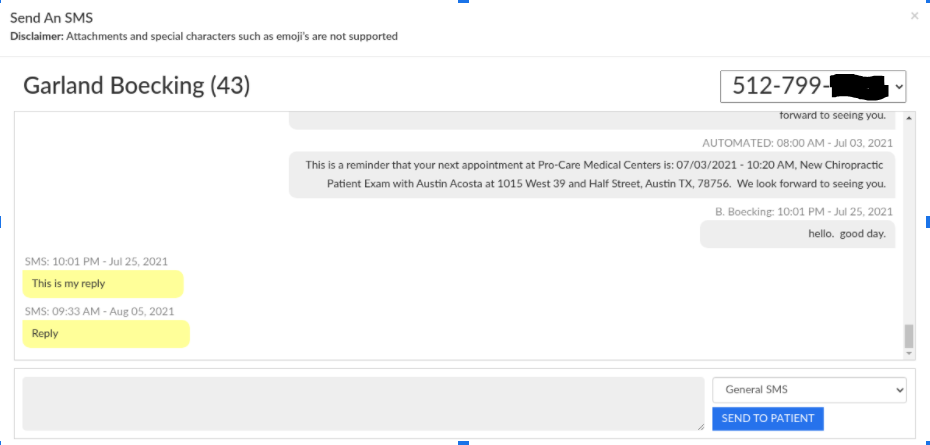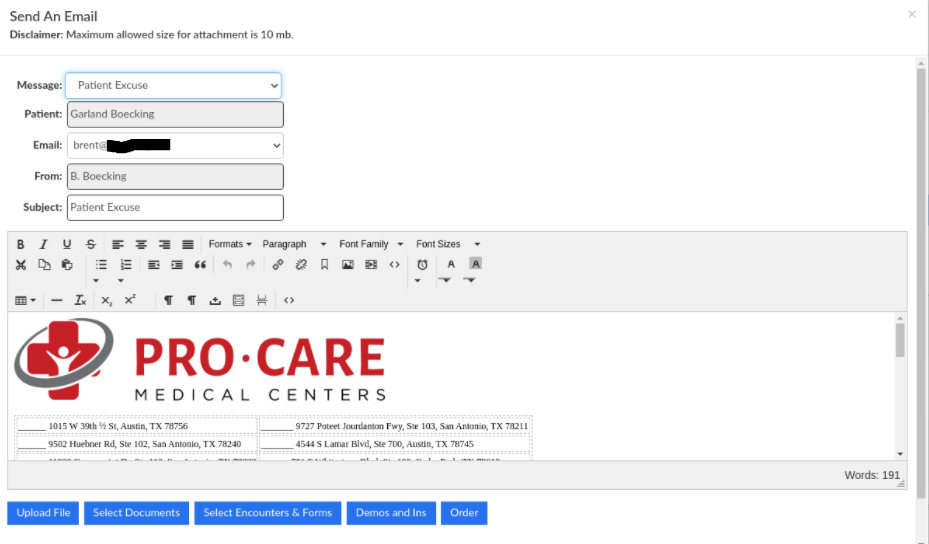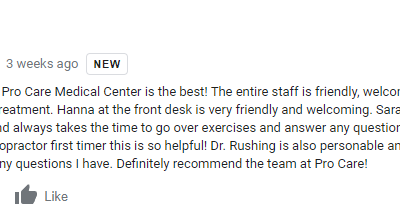I LOVE it when our clinics communicate with patients effectively and efficiently. Patients LOVE it when their doctor and their doctor’s office can communicate with them when and how they’d like to be communicated with. Good communication in the medical field facilitates LOVE with patients. So, why do most doctor’s offices use the equivalent of carrier pigeons to provide updates to their patients? That is a great question that isn’t easy to answer.
A Little History on Patient Portals
To begin to answer that question, let’s talk a bit about HIPAA. The Health Insurance Portability and Accountability Act of 1996 aka HIPAA is a set of patient privacy laws/guidelines/regulations/rules/etc. The intent of HIPAA is to protect sensitive patient information, which is a very good thing. Even before HIPAA, it was important to be a good steward of private information, especially private health information. Well, there were enough examples of bad actors in the medical industry that the government felt obliged to take action. HIPAA made safeguarding patient data a very high priority for all medical organizations because it created extremely high monetary and even possible criminal penalties for breaches of patient data, almost regardless of the circumstance. With HIPAA, your livelihood (and potentially your freedom) is at stake with regard to a patient data breach. Did I mention that most of the ways we currently communicate in modern society are NOT HIPAA compliant? Yep, email and SMS don’t pass the test.? But, did I mention that FAX communication IS HIPAA compliant? For that reason, HIPAA has essentially relegated the American medical, insurance, laboratory, and imaging systems to communicate via fax, a technology that was invented in 1964. In other words, healthcare is driving Chevy Chevelle’s while the world’s driving Tesla. Crazy…
And Why Do Faxes Still Exist?
Medical offices and hospitals send MILLIONS of faxes a day. It’s still the primary mode of communication of most medical entities, including insurance companies. The use of faxes was in the news recently because it slowed down the delivery of lab orders and results so much, it was causing COVID tests to be delayed significantly. Thanks, HIPAA. Since most households threw their faxes away decades ago, communicating directly with patients via fax isn’t a reasonable option… Now we are back to Alexander Graham Bell and the good ‘ol telephone. Almost all transactional patient-medical interaction is via the telephone. Is the entire medical industry really stuck with the telephone and fax for primary communication?
So how do we facilitate efficient, high-value communication with patients while abiding by HIPAA? In 2012, via Meaningful Use Stage 2, the US federal government began to require electronic medical records software to offer patient portals as a secure way (HIPAA compliant) to facilitate patient communication. Just like HIPAA, the move was well-intentioned but was an abysmal failure. There have been many studies regarding portals, but most have shown about 25-30% of the patient base use portals at all. Most use it sparingly, continuing to rely on the telephone as their primary mode of communication.
Patient Portals Stink
Patient portals fail most patients because they require yet another username, password, website address to remember. Sounds like a small hurdle, but it’s big enough to get most patients to pick up the phone and call (sometimes to get their username and password reset! Urgh.
To connect with and facilitate LOVE with our patients, we need to communicate with them in the language they speak: SMS, email, online chat, and even the occasional phone call.
We can and should facilitate modern communications while maintaining HIPAA compliance. If you want to work outside of the phone and fax, it starts with robust consent from the patient. The patient needs to understand the risk of information interception and what kind of information is to be exchanged. Work with your attorney on the wording and you can either put it in your new patient paperwork or obtain consent via the new communication channel. Second, your EMR, or an EMR add-on, needs to facilitate this new communication method. At Vital, we use an open-source EMR, OpenEMR, so we had the flexibility to add our own features. We focused on adding SMS and email since essentially every demographic is proficient in these technologies. We also focused on making the experience of sending and receiving SMS/email virtually identical to the existing internal messaging and fax interface in our system. The obvious things we needed email and SMS for were appointment reminders and daily back and forth communication.

Patient SMS communication with Vital OpenEMR
The example above is from my personal chart in OpenEMR and shows texting back and forth with my cell phone. It includes reminders as well as normal conversation. Doctors are hesitant to give their cell phone numbers to patients, with good reason. 90% will only use it as a last resort, but the other 10% will text the doctor in the middle of the night when they have a sore toe. In our implementation, the doctor can just log into the EMR system and start a short conversation without exposing their personal information. It is super common to have a doctor wonder out loud about a recent patient’s condition following an intervention. I subtly remind them to use the SMS capability of the EMR to have a super-focused interaction with the patient. The patient and the doctor LOVE this capability. The patient can also have a meaningful interaction with the doctor or medical staff as well and not have to wait on-hold while on the phone.
Patients LOVE being able to exchange emails with us. We partnered with Paubox as a HIPAA-compliant SMTP gateway. Most importantly, we are able to keep our email communications HIPAA compliant while communicating with patients the way patients want to communicate. We are able to send patients home with school/work excuses directly to their email inbox.

Email communication can be free-form and informal or template-based and formal. Patients LOVE being able to have a quick back and forth conversation with their doctor and doctor’s office. Another advantage of adding other communication methods is a reduction in inbound phone calls. Ask any medical office manager about phones. They’ll tell you that the phone rings off the hook and it’s virtually impossible to get to every call in a reasonable amount of time. We are able to offload a tremendous amount of communication from the phones, improve patient satisfaction and not increase the workload of the existing staff. It’s a classic win-win.
We aren’t done with SMS and email. We will add whatever communication method that works for our patients including website chat, Whatsapp, Facebook Messenger, and other tech as they are needed. We want to communicate how patients want to communicate, not how HIPAA dictates. Healthcare can eventually say goodbye to fax machines one day, if not today. OpenEMR is helping to unplug those machines one at a time We are able to mold and shape our patient interactions to their delight.
Healthcare has an obligation to improve doctor-patient interaction. We can and should do better.

